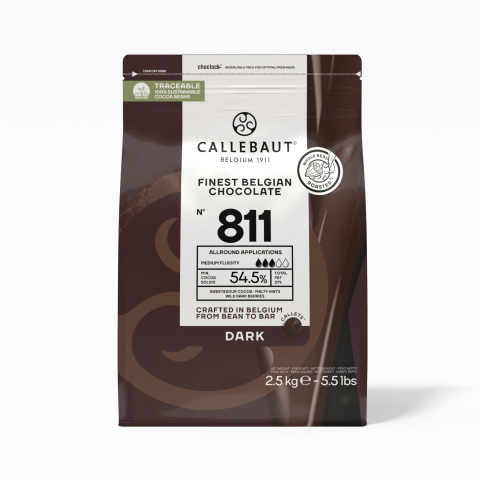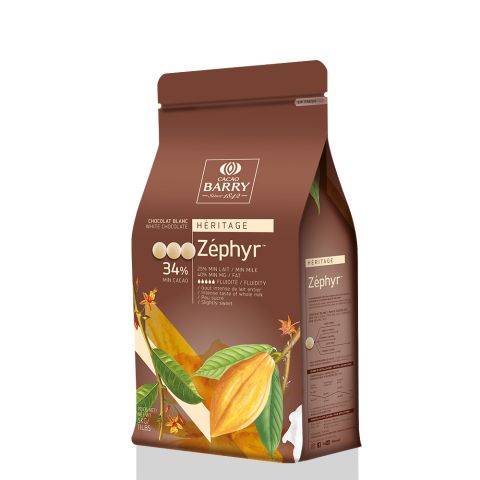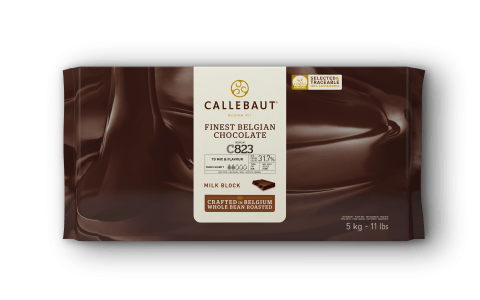Shelf Life: The Most Common Issues Observed in Confections
Shelf Life: The Most Common Issues Observed in Confections
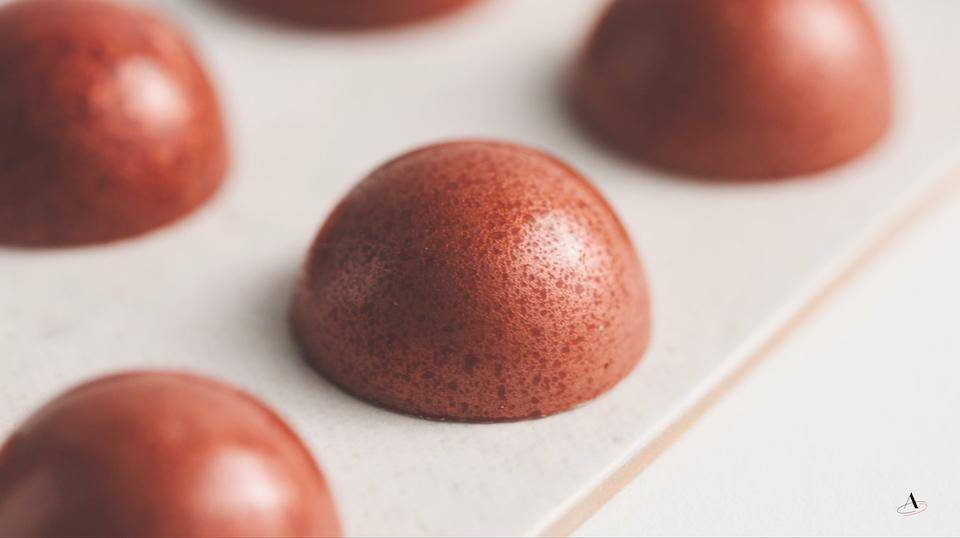
Confections are complex products involving multiple ingredients, recipes, and processes. We must pay careful attention to every stage in the life of confections, from development to consumption, and every stage in between, to maximize the life of these precious products.
Shelf life is a vast and varied subject. This first article in our guide to shelf life will give you a quick look at common shelf life problems seen in chocolate confections and what causes those issues. Subsequent articles take a deep dive into water activity, preservatives, and more.
Confections produced in the pastry kitchen are often filled with ganache. Typically, these are the products we expect to have the longest shelf life of any products we make. Therefore, this guide is primarily focused on ganache-filled confections. However, these principles generally apply to a wide range of confectionery products.
Shelf life can be defined as the maximum time for which products can be stored, during which the defined quality of the goods remains acceptable under normal conditions of distribution, storage and display.
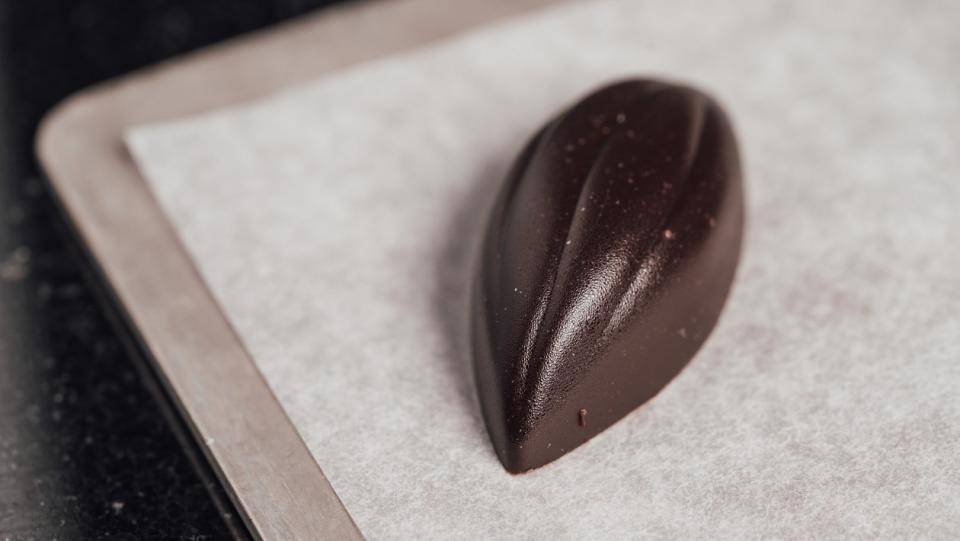
The Most Common Issues Observed in Confections
1. Physical Changes:
- Fat bloom
- Sugar bloom
- Absorption of odors and flavors
- Loss of flavor
- Drying
- Moisture absorption
- Undesirable crystallization (fats and sugars)
Causes:
- Storage
- Handling
- Production techniques
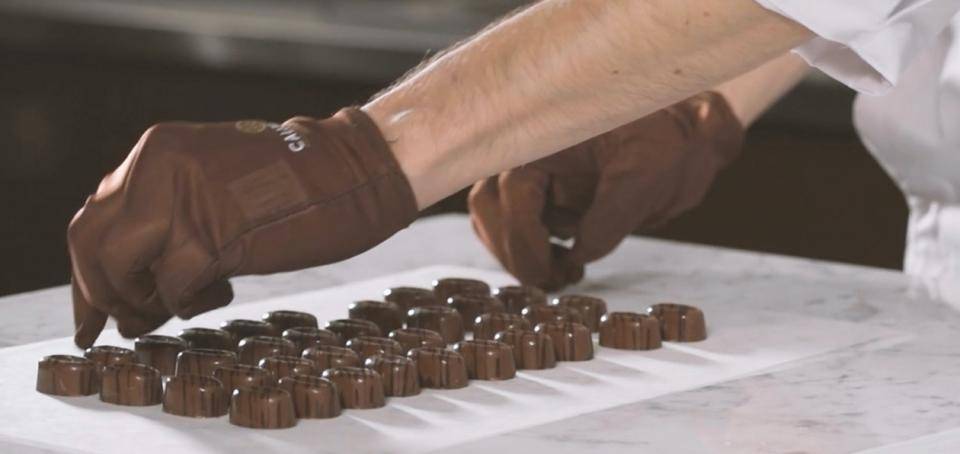
2. Microbial Spoilage:
- Molds, yeasts, bacteria
Causes:
- High free moisture content in foods
- Ingredient mishandling (not washing)
- Environment, machines, people (hygiene)

3. Chemical Spoilage:
- Oxidation (rancidity) of the fats
Causes:
- Ingredient selection
- Storage conditions
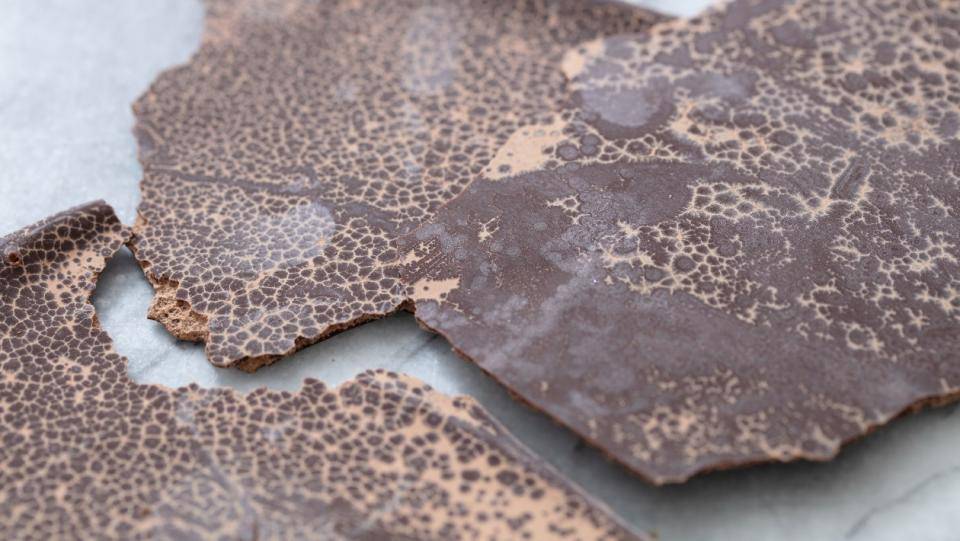
Causes of Shelf Life Issues
The causes of common shelf life issues can be divided into two broad categories: Internal Factors (problems that originate inside the product) and External Factors (problems that start outside the product.
Internal Factors:
- Recipe balance -
- Water Activity - Aw (microbial spoilage)
- % solids, % sugar, pH, etc - Rancidity
- Moisture migration (if you have multiple fillings)
- Fat migration
- Sugar crystallization
External Factors:
Environment, machines, people
- Storage
- Production techniques
- Physical damage
- External odors
- External moisture migration / Humidity / Drying
- External temperature change
- Hygiene
More Resources for Chefs
Learn More About Shelf Life with "The Chocolatier's Kitchen"
Callebaut's Chocolatier's Kitchen Podcast assembles some of the best chefs and confectioners in the business to talk shelf life. The short and snappy episodes are ones you'll come back to again and again.







